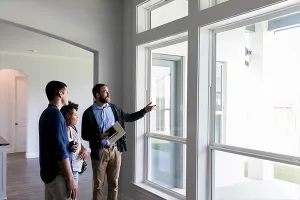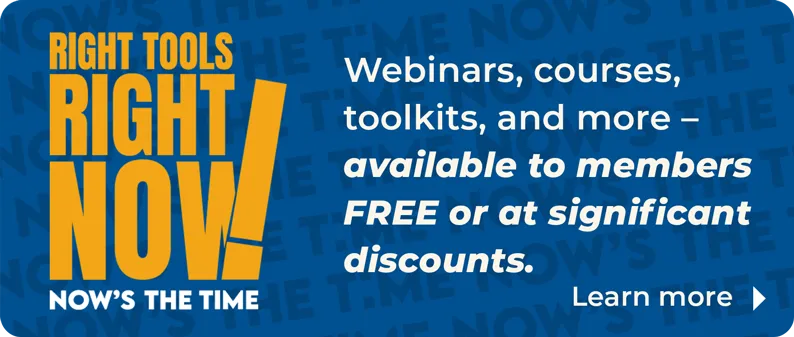
Amazon, Uber, and Netflix, among other technological pioneers, have set consumer expectations for instant, high-quality service. While the video streaming and ridesharing spaces largely forged the on-demand method of doing business, consumers now insist on immediate solutions from all industries, including real estate. That presents a problem—and an opportunity for change—for traditional property managers who may not be delivering on the expectations of modern renters.

However, there are signs that leaders in the property management space are closing this gap. Many are moving toward faster mobile service for both rental property owners and tenants, including:
-
Adopting online payment systems to eliminate paper checks.
-
Moving toward text messaging and mobile communication rather than email.
-
Setting up self-service tools, such as maintenance requests, instead of requiring office visits.
-
Providing real-time property performance insights versus dispersed data.
-
Automating workflows, such as move-ins and move-outs, instead of completing the work manually.
It’s not just about adding technology, though. Property managers, with the help of tools that put more control of the rental process in tenants’ hands, can shift their roles from providing a service to delivering an exceptional experience to their renters.
Becoming an ‘Experience Manager’
How do you transition your focus in this way? First, change your perception of yourself as a service provider competing with other companies who do the same thing you do. Think instead about how to improve the customer experience you offer. A better customer experience will lead to higher demand for your service—and the more demand you have, the more you can justify raising the prices you charge clients. This shift in your focus won’t happen overnight, but there are many things you can start doing today to move toward becoming an experience manager. Here are five ways to begin your transition.
-
Provide move-in welcome kits. Packets for new residents can help introduce them to their unit, property, and neighborhood. It can be as simple as a welcome letter with necessary property details, such as the pool lock code, laundry room hours, mailbox information, and rules and regulations. This is a great time to provide a fact sheet about online tenant portals, including how to set up online payments and submit maintenance requests, if you use them. You can add a creative touch by including coupons to local businesses or company swag to reinforce your brand.
-
Celebrate tenants’ special occasions. Think of the tenant information you’ve collected in your property management system. You probably have their birthdays and move-in dates, among other items. Shoot them a text or email about their birthday or move-in anniversary from your property management system, and just like that, you’ll brighten their day. These are simple and effective ways to show tenants that you’re paying attention and you appreciate their business.
-
Survey your property’s residents. This can do double duty in helping to strengthen your relationships with tenants. You’ll gain insights about their wants and needs regarding their units or building, which can inform the effectiveness of your service, and gives them an opportunity to feel heard. You can create simple surveys with free or inexpensive tools, but some property management tools have the capability built in.
-
Go completely mobile. With more people depending on their mobile devices to find and purchase services, you’ll widen your opportunities to connect with potential customers and increase your market share if you meet them on the platform they’re using. One easy step is to make sure your website and apartment listings are mobile-friendly. Go further by providing online options for submitting rental applications and property inquiries. Don’t underestimate how mobile tools also can help current residents. By providing a mobile app, you can give tenants everything they need to pay rent, submit maintenance requests, and contact you—all from their smartphones.
-
Automate as many processes as possible. Embrace tools that automate the entire leasing flow, including those that enable prospective tenants to schedule showings themselves and even go on a self-guided tour of units. You’ll spend less time on manual processes and more time interacting with your customers and prospects.
Transitioning your focus from the service you provide to the experience you offer customers may seem radical. But when you think about the breakneck pace at which technology has developed in the last few years, you don’t have time to wait. It’s critical to run an agile business that can pivot as the industry changes, and at the moment, the customer experience is the most important aspect of your business.









